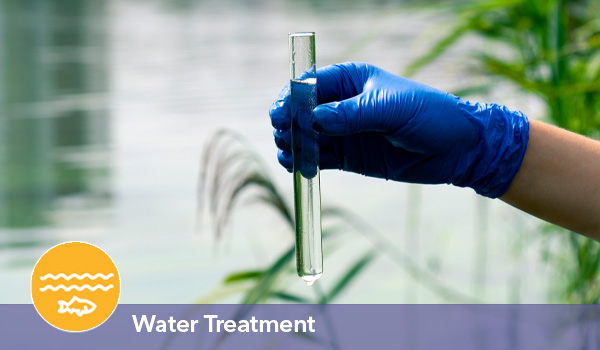
Water Treatment
Measuring TOC in treated water is critical for ensuring the effectiveness of drinking water treatment processes. During treatment, TOC serves as an indicator of organic material present in source water, which needs to be reduced to meet regulatory standards. High levels of TOC are associated with increased formation of harmful disinfection byproducts (DBPs) like Trihalomethanes (THM) and Haloacetic Acids (HAA), regulated by the EPA under the Disinfectants and Disinfection Byproducts Rule (DBPR).
The first steps in a typical water treatment process include chemical coagulation, flocculation, sedimentation, and filtration, all aimed at removing organic carbon from the water. TOC measurement provides a reliable way to assess the organic load both before and after these steps. For surface water systems, the EPA mandates a specific percentage of TOC removal, depending on the TOC concentration in the source water. Typically, source water TOC levels range from 2 to 4 mg/L, and treatment plants target TOC levels below 2 mg/L in the finished water.
TOC also plays a key role in monitoring the formation of THMs, which are byproducts of chlorine disinfection. Chlorine reacts with organic carbon compounds in the water, and without proper TOC control, this can lead to the formation of THMs, which pose health risks such as liver, kidney, or central nervous system problems. Water treatment plants can reduce the potential for THM formation by closely monitoring TOC levels at various points in the treatment process, especially after filtration and prior to disinfection.
YSI’s 9220 Total Organic Carbon Analyzer, which utilizes heated persulfate oxidation with non-dispersive infrared (NDIR) detection, provides a highly reliable solution for monitoring TOC levels in drinking water treatment applications. The 9220 TOC analyzer meets EPA compliance standards (SM 5310C, EPA 514.3) and ensures accurate, real-time monitoring of TOC throughout the treatment process, helping to minimize DBP formation and safeguard public health.
To learn more, check out our webinar on TOC & THM Monitoring Solutions for Water Treatment and our blog on Managing TOC & THM Risks in Drinking Water Treatment.
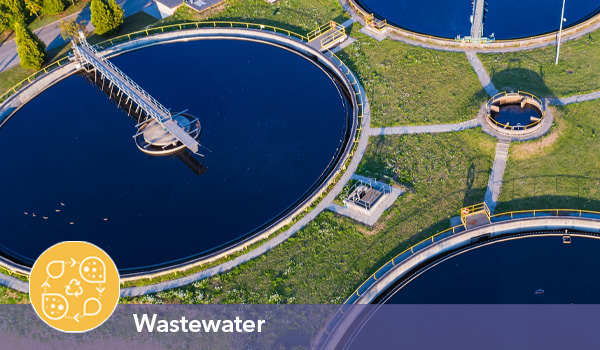
Wastewater
Wastewater treatment facilities analyze the TOC of incoming wastewater to plan and streamline their treatment process. The industrial expansion of cities leads to increasing wastewater loads, which present challenges in determining just how much the increase in volume, organics, and oxygen demand will be. To prepare for this, wastewater treatment facilities can test for TOC and/or use biological oxygen demand (BOD) and chemical oxygen demand (COD) as a substitute for TOC to determine the organic load and oxygen demand.
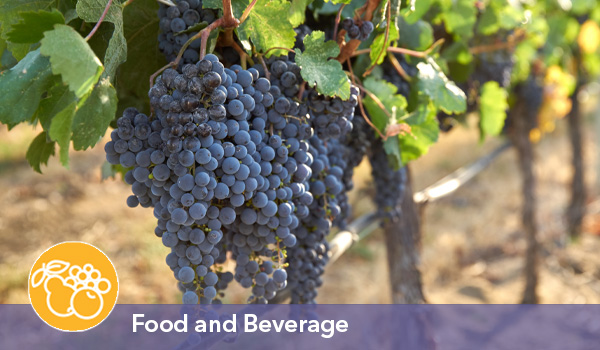
Food and Beverage
Understanding the contents of our food and beverages is essential to leading a healthy lifestyle. TOC analysis is becoming more prevalent in the food and beverage space, including applications in food process control to determine product loss to effluent (common in the dairy industry) and quality control of pure and organic food and beverages to combat artificial additives (used on honey, maple syrup, and other naturally derived foods). This way, TOC analysis is helping companies increase their revenue and consumer confidence in their products.
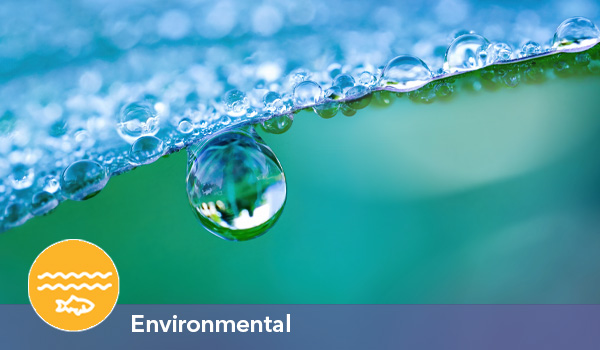
Environmental
TOC analysis plays a vital role in environmental analysis, and many municipalities use contract environmental laboratories to test for contaminants in their water and wastewater. However, TOC is not just limited to water analysis, and OI Analytical offers several optional kits to expand the capabilities of traditional TOC analysis. The 1030S solids module has its own built-in furnace and crucible for sample combustion, but it uses the NDIR on either the 1030W or 1030D to test solid samples such as soils, sludges, or slurries.
With the TNb kit, the combustion process liberates both carbon and Nitrogen at the same time. A NOX converter is added after the combustion tube that converts the Nitrogen to Nitric Oxide. After this, the same oxygen carrier gas used for TOC transports both the carbon and the Nitrogen into the NDIR and then Nitrogen into an added electrochemical detector for analysis.
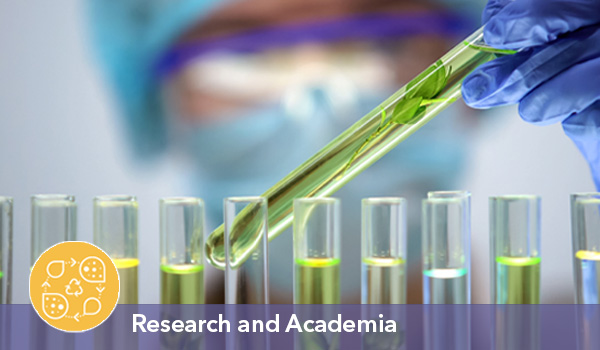
Research and Academia
Scientists worldwide are finding new and exciting ways to use established technologies. TOC analysis continues to be a part of this effort, including blood and plasma analysis for genetic research, analysis of contaminated water and soil for environmental impact research, and ultra-pure water analysis for agricultural and industrial applications. Applications in carbon-dating and environmental disaster response applications are also becoming more common in academia, especially as the threat of global warming increases in magnitude.